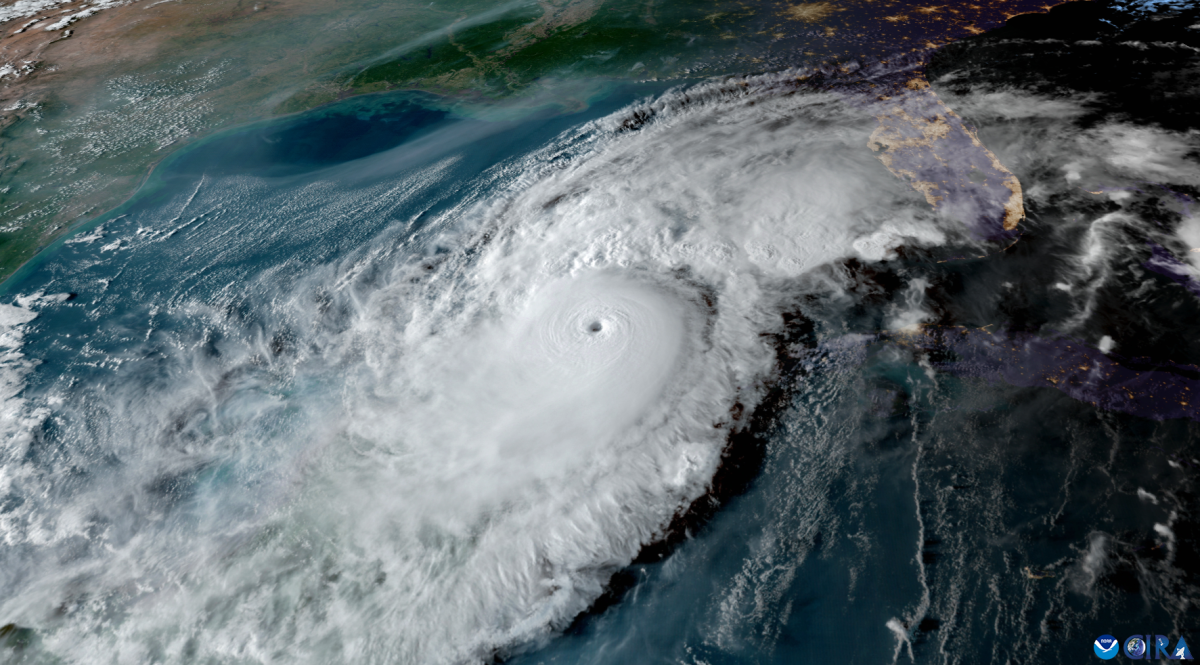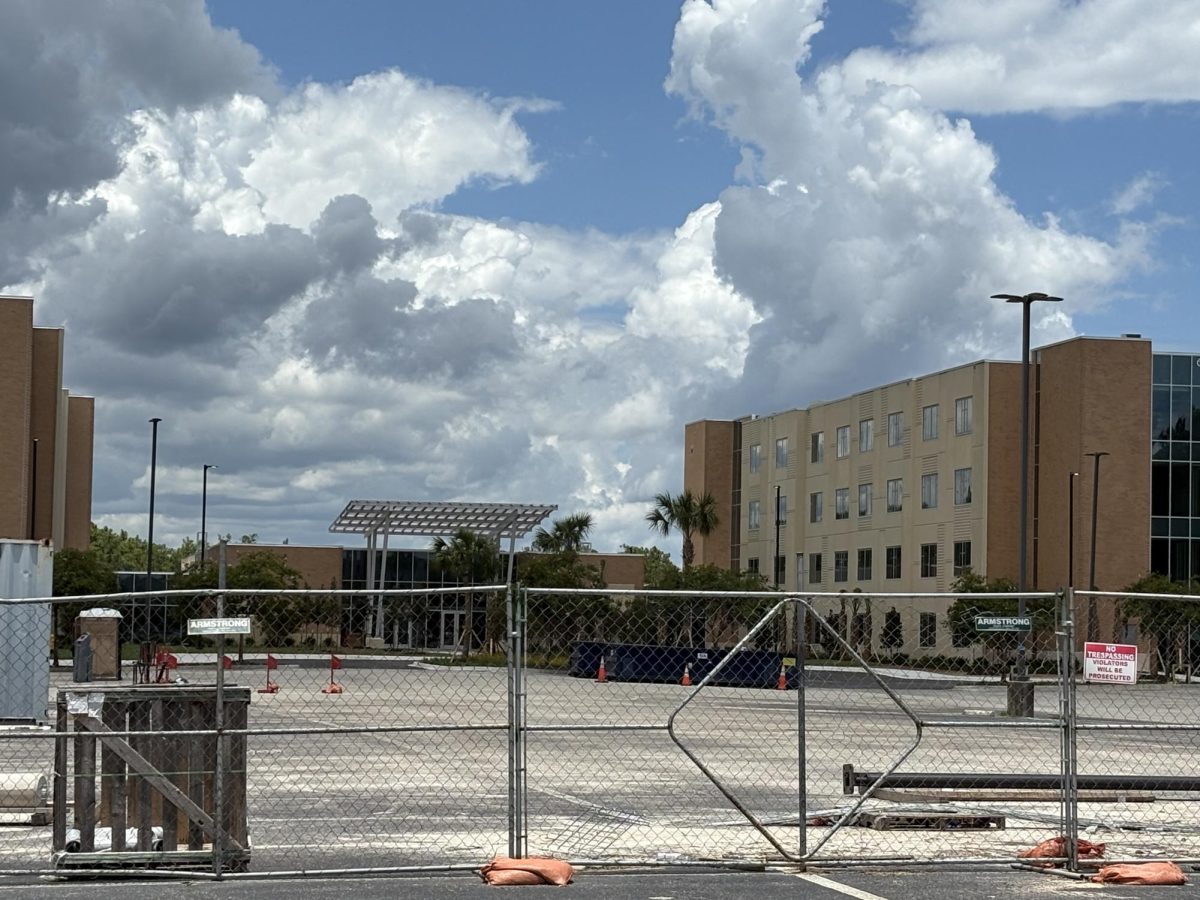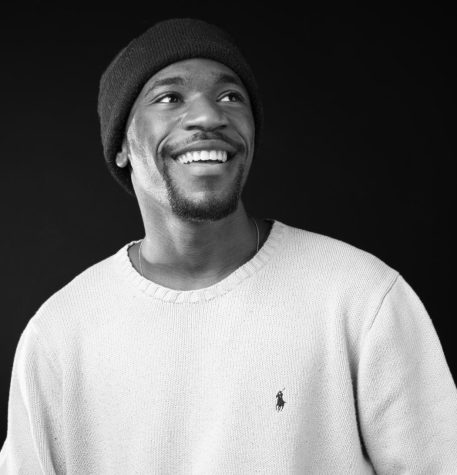Social media has been a large factor in the information spread of COVID-19. Instagram, Twitter, Facebook, and other platforms are booming with memes, news, and posts about the widespread epidemic.
As we all know, social media plays a big part of how things are portrayed to the public. Covid-19 is spreading all over the world and with so many cases worldwide, the social media coverage of the pandemic is helping keep people informed about the virus and the rate of its spread.
Health experts and organizations are using social media to engage with the public, report progress of surfacing research, and to dismiss contradicting information floating around the internet.
The Center for Disease Control (CDC) utilizes Twitter to post proper safety techniques and suggestions.
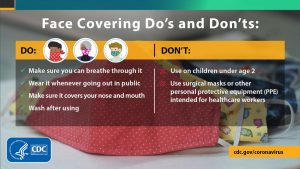
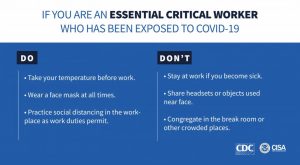
Marc Lipsitch, an infectious disease epidemiologist and microbiologist, uses Twitter to share information on the advancement of coronavirus research and the impact of its regulation.
The World Health Organization (WHO) uses Instagram to promote public advice, media resources, and research development. The WHO has also joined Tik Tok to provide more information and public advice regarding the virus.
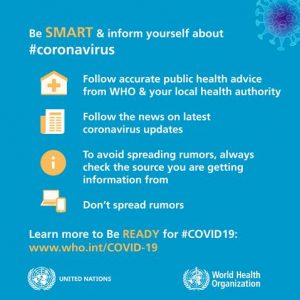
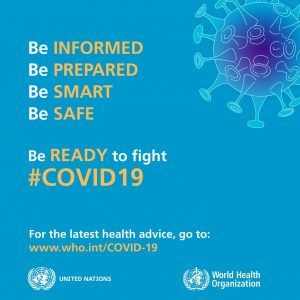
Social media has brought a sense of urgency to the issue. At a national level, schools and universities are being closed, people are losing jobs, and tissue has disappeared from store shelves. This is the first time many people are experiencing an event like this and since social media is an outlet for this generation, many have turned to social media to cope, be informed, and be entertained.
There is a great level of attention to the virus on Tik Tok, especially with the youth, as roughly 50% of its 800 million monthly active users are under the age of 34 and 41% are aged between 16-24, according to Omnicore, a digital marketing agency, and Datareportal.
Covid-19 has been a trending topic on platforms, due to the impact that it has had on everyone’s lives. There are 48 billion views on Tik Tok posts with #coronavirus.
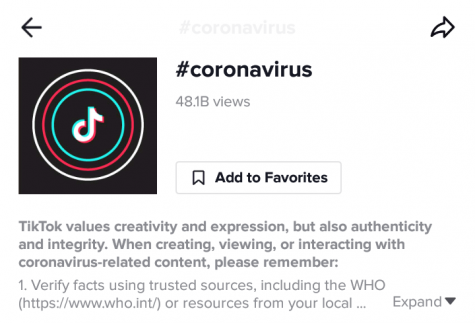
Without any social media coverage, would as many people be informed about the coronavirus as there are now? Would people know the symptoms and other very important aspects of the virus? Without social media, COVID-19 information might not have been spread as quickly to the general public and the progression of social distancing may not have happened as quickly.
Platforms are responding by providing access to accurate information and supporting relief efforts. Facebook has given donations, and is fighting misinformation regarding the virus. Here’s an outline of their efforts:
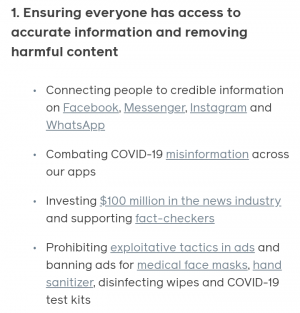
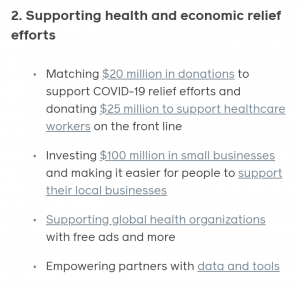
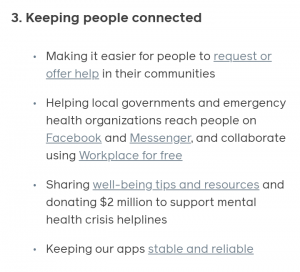
When something of the COVID-19 standard happens, it spreads through social media like wildfire. The corona virus has not only spread physically through the world, but infected the digital world too. Such inflammation can allow a lot of false facts to spread, so it’s important to only obtain information and news from professional resources.
For years, social media has been the way a lot of people in this generation stay connected to the world. While people are divided in quarantine, social media can be necessary for people to stay connected with friends and family.
__
For more information or news tips, or if you see an error in this story or have any compliments or concerns, contact editor@unfspinnaker.com.








